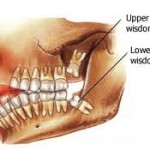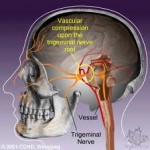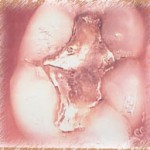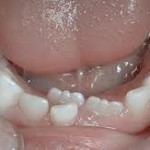What is a wisdom tooth?

A person’s dentition comprises of a set of 32 healthy teeth. There are three molar tooth on each quadrant situated furthest back in the mouth used for chewing food making it 36 in total. Wisdom tooth is an individual’s third molar. The third molars erupt behind the second molars. The eruption process takes place around 18-24 years of age hence the name but can also erupt at a later age or remain absent. Incidence of at least one impacted wisdom tooth is high. They are classified according to their alignment in the jaw as horizontal, vertical, mesioangular or distoangular. Early detection of wisdom tooth impaction can be done with an X-ray taken periodically to evaluate the position of the tooth. Even in absence of any problem, early removal is recommended to avoid further problems in future as the roots are not fully formed and bone is less dense. Healing time and recovery is delayed in older individuals. Your dentist will apply pressure around the gumline to determine is the tooth is coming in successfully. Continue reading






